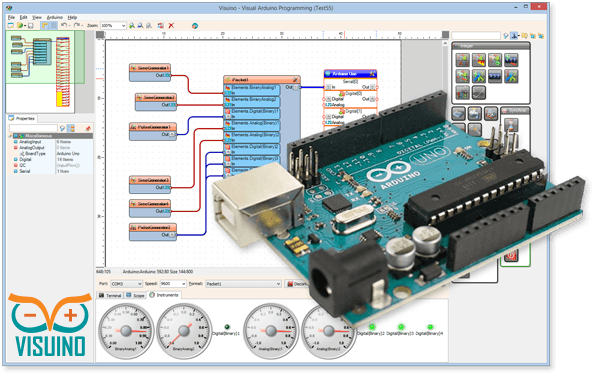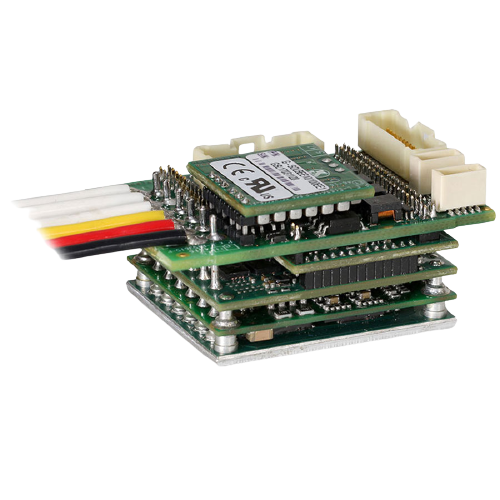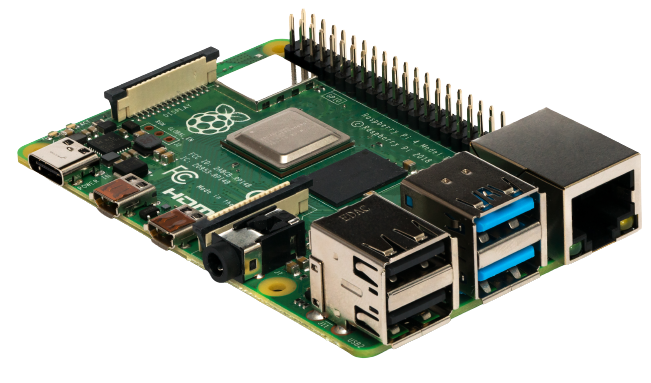Embedded System Software and Hardware
Keeping up with developments in the IT sector can sometimes be dizzying. In today’s digital age, the emergence of many new terms has created serious needs within the information and software industries. Today, we would like to share with you the most frequently asked and wondered details about Embedded Systems.

Although technology today is advancing at a great pace, in the past, progress in this area took considerable time. For individuals who now struggle to keep up with the speed of innovation, we at AGNO Bilişim are here to help you keep pace. The emergence of Embedded Systems is generally accepted to date back to the year 1960. The Apollo Guidance Computer, developed during the Apollo Program, is considered the first example of embedded system implementation. The primary purpose of this computer was to collect data from the period and perform calculations on the Lunar Module based on that data. While it may not seem like a very distant past, comparing the technology of that time to today’s standards shows how complex and difficult the systems were, and how far they have come. Later, in 1971, Intel’s microprocessor unit 4004 was identified to contain Embedded Systems. From the 1980s onward, developments in Embedded Systems continued, and the systems integrated during this time made significant contributions to the evolution of embedded computing as we know it today. Today, we see that Embedded Systems are present in nearly every part of our lives. From credit cards and mobile phones to household appliances — all of these technologies contain embedded systems within their operational framework. At AGNO Bilişim, we continue to work on advancing Embedded Systems, and we would like to note that you can also receive support from our expert team in this field.
They can be considered completely independent systems. More precisely, they are systems that operate as part of a larger system and are critical in performing specific tasks. These are computer-based systems built around software and are also referred to as microprocessor hardware systems. Basic Components of Embedded Systems – Structure Embedded Systems contain several components within their hardware. The operations performed with these components give rise to the embedded functionality. Embedded Systems – Sensor: One of the most important parts of the hardware. Sensors in embedded systems measure physical quantities and convert them into electrical signals. These signals can then be read and interpreted. A/D Converters: These convert analog signals present in the system into digital signals. Processor and ASICs: These measure the output within the hardware and are used to store data in the system. D/A Converters: While analog signals must be digitized, these converters also serve the reverse purpose — converting digital signals back into analog form. Actuators: These produce output responses from the system based on the D/A converters. They compare outputs and ensure they match and are validated.


Embedded Systems operate by activating the hardware stored in memory. When instructions are sent to the system, the read-only memory enables the system to power on automatically and start functioning. Input and output devices within the system are connected to one another and operate reliably on solid foundations.